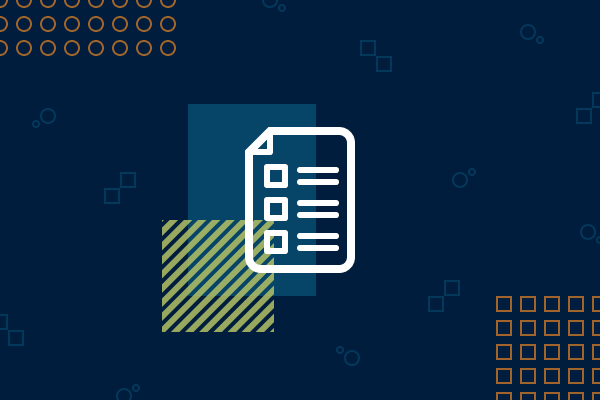
Resource Library
Toolkits, guides, and other resources vetted by experts in overdose prevention.
Filter by category and tags, or search by keyword (ex. COVID-19, harm reduction).
Treating Opioids in Jails & Prisons: MAT Program
This video describes the importance of increasing access to MAT treatment and prevention services in jails.
U.S. Department of Health and Human Services Overdose Prevention Strategy
This issue brief discusses the HHS Overdose Prevention Strategy in greater detail, including the objectives under each priority area, associated activities, and guiding principles.
Seven Types of Rest
This handout from the Spring 2022 COPN convening offers seven ways we can help our brain meet its need to rest and heal, particularly when undergoing toxic stress or burnout.
Self-Care Strategies Guide & Worksheet
This self-care guide allows you and your organization to enhance its trauma-informed care practices through group reflection and discussion.
An assessment of the limits of three devices for drug checking of fentanyl in street-acquired samples
This study examined the validity in identifying the presence of fentanyl of three portable devices that could be used in providing drug checking services and drug supply surveillance.
Find Harm Reduction Resources Near You
This page is an access point to resources that support safer drug use, such as access to naloxone and syringe services.
Why partner with behavioral health?
Brooke Briggance covers why it is critical for people working in substance use to partner with those in the mental and behavioral health fields.
Overdose Response and Linkage To Care: A Roadmap for Health Departments
This roadmap provides local and state health departments with information, resources and tools to implement effective strategies to support linking people who are at risk of opioid overdose to care.
Establishing Peer Support Services for Overdose Response: A Toolkit for Health Departments
This toolkit is for local and state health departments and community partners who are exploring opportunities to implement or enhance peer support services within overdose response and linkage to care initiatives.
California Minor Consent and Confidentiality Laws
The National Center for Youth Law compiled laws of various subjects regarding minors.
Plumas County & Plumas Unified School District Naloxone Policy
This is an example of a local school district naloxone policy. This tool is able to be used as an example of the legal language and codes that are used within California's school system surrounding naloxone use and administration.
Overdose Prevention and Naloxone Policy & Procedures
This is an example of a local overdose prevention response plan and naloxone policy and procedures guide. This tool is able to be used with organizations that are trained and adopt this policy and procedures guide to be prepared in an overdose incident.
Point In Time Survey Example: Empower Watsonville Substance Use Questionnaire
This survey tool is an example of how to anonymously survey and assess youth's experiences with substance use. This point in time survey is being by Empower Watsonville a youth led substance use prevention coalition to help establish a restorative policy for students with substance or found to be intoxicated on school campuses.
Indicators Used by COPN Coalitions to Leverage Data into Action
This catalog of data indicators was compiled by Accelerator 3.0 subject matter expert, Andy Krackov, data coach and analyst. It compiles a list of indicators that participating COPN Accelerator 3.0 coalitions are using for their data analysis.
Health Access Vending Network Operations Manual
This operations manual is to provide those interested in implementing the HAVEN Project or a harm reduction vending machine project with a framework and additional tools to guide the process of establishment of a local program.
Know Your Rights
This fact sheet is a pocket resource for knowing rights to possession of overdose prevention materials, such as syringes, naloxone, or potentially other substance use materials.
Safety First: Real Drug Education for Teens
This curriculum is a comprehensive tool for teachers that allows them to have honest conversations about drugs with their students, equipping them with the skills to navigate their risks. It is the nation’s first harm reduction-based drug education curriculum for high school students.
David Kan, MD: Why use Telemedicine to Treat Opioid Use Disorder?
Dr. David Kan of Bright Heart Health discusses the rise of telemedicine during the COVID-19 pandemic, and how we can utilize telehealth going forward to treat people with substance use disorder.

















